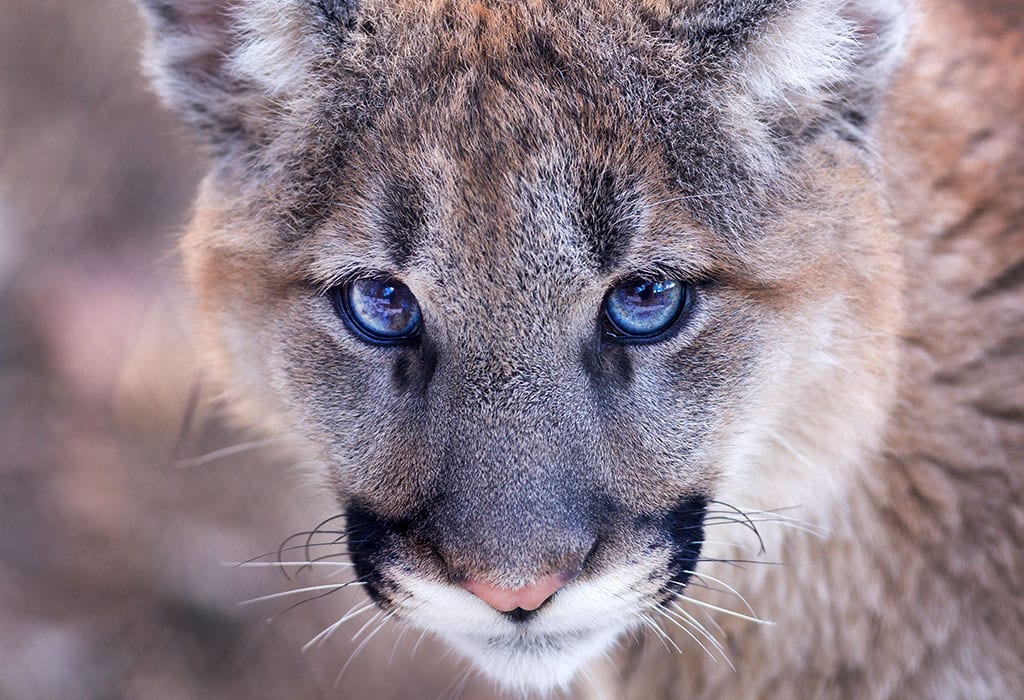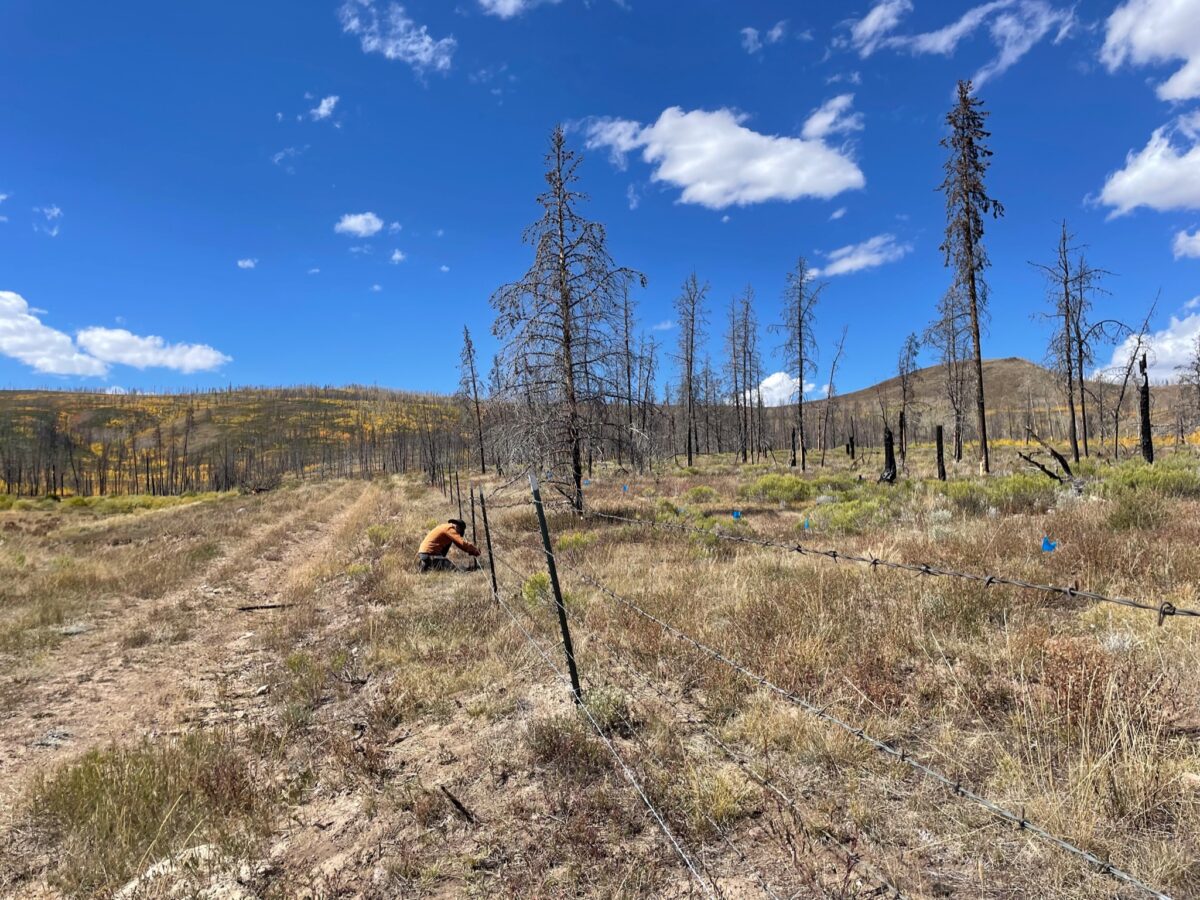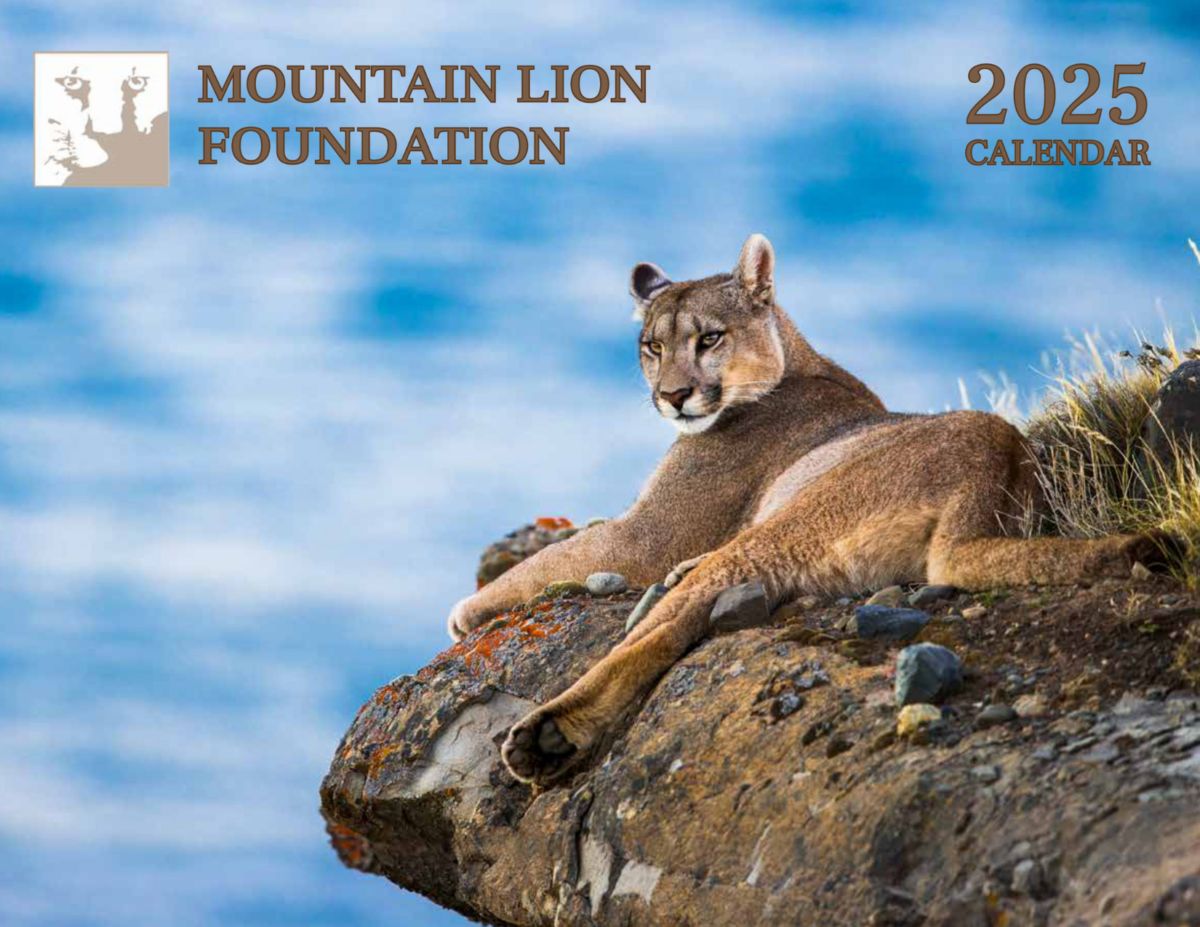A ballot initiative would ask voters to ban hunting and trapping of Colorado’s big cats
By PAT CRAIG, CHRISTINE CAPALDO and DAVE RUANE
This guest commentary was originally published in The Denver Post on September 22, 2023.
This week, a diverse statewide coalition — Cats Aren’t Trophies (CATs) — initiated a Colorado ballot measure to end trophy hunting mountain lions, along with fur trapping bobcats. As members of CATs, we aim to introduce the campaign and explain why all Coloradans should support us to qualify this measure for the fall 2024 ballot.
Come November, mountain lion trophy hunting will be afoot in Colorado. Like each year before, trophy hunts will claim as many as 500 lions, with most of the animals shot from trees after being relentlessly chased by packs of dogs fitted with sophisticated radio telemetry equipment.
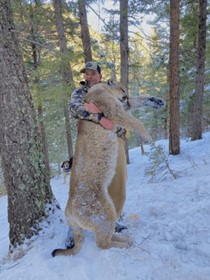 Prosecutors in the U.S. Attorney’s Office say this photo shows Patrick Montgomery holding the mountain lion he killed on March 31. Montgomery had been released pending charges for his involvement in the Jan. 6 attack on the U.S. Capitol but because the hunt violated the terms of his release, he was placed on 24/7 house arrest. (Photo provided by the U.S. Attorney’s Office.)
Prosecutors in the U.S. Attorney’s Office say this photo shows Patrick Montgomery holding the mountain lion he killed on March 31. Montgomery had been released pending charges for his involvement in the Jan. 6 attack on the U.S. Capitol but because the hunt violated the terms of his release, he was placed on 24/7 house arrest. (Photo provided by the U.S. Attorney’s Office.)
Thirty years ago, Colorado banned hunting black bears with packs of dogs because it’s unfair and inhumane. Lion hunting almost exclusively happens with the use of packs of dogs who attack and chase the lion. Colorado voters don’t want this kind of hunting happening aimed at lions or bobcats.
This is all about trophy hunting, not killing for meat or for management. Trophy hunters pay outfitters as much as $8,000 for a 100% guaranteed kill and are led to the tree after the guide and his dogs have treed the lion. The hunter then shoots the lion off of a tree branch – the moral and sporting equivalent of shooting a lion in a cage at a zoo.
December brings another devastating season for Colorado’s wild cats, as trappers begin their pursuit of bobcats, trapping them alive, shooting and skinning them for their fur. They set an astonishing number of traps throughout Colorado’s wild lands — 4,000 traps in one year alone — and kill about 2,000 each year, according to CPW. Trappers may capture and kill as many bobcats as they can to profit from selling their fur on foreign markets, including Russia and China.
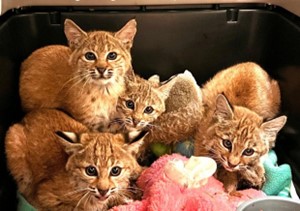
Orphaned bobcats at Boulder County’s Greenwood Wildlife Rehabilitation Center. The four kittens were recently transferred to another facility specializing in carnivores. (Courtesy Greenwood Wildlife)
Change is needed when we step into such unfair, highly commercialized killing of inedible animals.
CATs is a diverse group, encompassing ethical, fair-chase hunters, conservationists, wildlife biologists, scientists, veterinarians, pet shelters, sanctuaries, wildlife rehabilitators, business leaders, eco-tourism operators, ranchers, and farmers from across the state. While our members may hold differing views on politics, we share a strong consensus that trophy hunting and trapping of Colorado’s wild cats are indefensible acts for several key reasons.
Unfair methods: The methods used are grossly unfair and cast a negative light on all forms of hunting.
Orphaned kittens: Trophy hunters always seek the largest adult males, but alarmingly, 41% of mountain lions killed by trophy hunts each year are females, who will be pregnant, have kittens or dependent juveniles the large majority (83%) of their lives. This results in orphaned kittens facing a dismal 4% chance of survival, according to CPW.
Unwarranted body counts: Trophy hunting and fur trapping every year claim the lives of 2,500 animals who are not in conflict with humans or domestic animals. Our measure precisely ends killing for trophies and fur but would not change current practices to manage any wild cat threatening our valued livestock producers and for public safety.
Fake management: Colorado has distinct programs in place to prevent conflict and to surgically handle individual animals identified as a nuisance or as a threat. A good way to think of it is if you have an isolated tumor, you wouldn’t ask a surgeon to remove your uterus, kidneys, and your right hand. That would be malpractice, yet that’s the system of mountain lion exploitation occurring in our state. Science has long told us wild cat populations depend upon available prey and space to live — sport-killing has never proven to be a management tool.
No economic benefit: Recreational mountain lion licenses alone contribute a mere 0.1% to the state’s wildlife operations budget. A tiny percentage of people want to kill animals that are unthinkable to eat, similar to a a domestic tabby — and genetically the same as wild cats.
No public benefit: There is no peer-reviewed scientific evidence supporting the idea that trophy hunting and trapping provide any benefit for public safety, domestic animal protection, or statewide deer population growth for fair-chase hunters. In fact, a body of research, including a study published this year in Biological Conservation, show that trophy hunts increase the risk of human-lion conflicts.
Public disapproval: According to a 2023 study by Colorado State University, 80% of Coloradans disapprove of trophy hunting mountain lions, with an even higher disapproval rate (88%) for using hounds to chase them into trees for a guaranteed kill. Earlier studies fall in line.
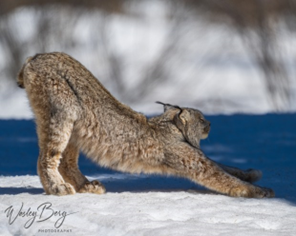
Silverton-based photographer Wesley Berg captured rare footage of a lynx in the San Juan Mountains on April 11, 2023. It was his first time to encounter the elusive animal since 2016. (Provided by Wesley Berg)
There are many reasons why we should instead invest in the value of living wild cats. Mountain lions keep deer herds healthy according to CPW researchers, in the midst of rampant chronic wasting disease, which is a massive threat to elk and deer hunting; these cats bring climate solutions and reduce deadly vehicle accidents. Bobcats help reduce rodent populations.
Opponents are going to be those who resist any criticism of any aspect of hunting, anywhere and anytime. Such an approach is detrimental to public support, particularly in a state as independent and free-thinking as Colorado where we do not support exploiting and commercializing our wildlife.
We invite you to join CATs in ensuring that wild cats are treated humanely and respectfully in our state, rather than needlessly destroyed by a few people, for no acceptable reason. Help us preserve our state’s outstanding reputation as a place for recreation and raising families, in an environment that respects all living beings, including our native wildlife.
CATs’ volunteers will begin collecting signatures this fall.
Are you interesting in getting involved in the signature gathering effort? Please let the Mountain Lion Foundation know.
About the Authors
Pat Craig is the founder of The Wild Animal Sanctuary in Weld, Las Animas, and Baca Counties.
Christine Capaldo, DVM, practices veterinary medicine in Southwestern Colorado.
Dave Ruane is an avid naturalist and outdoorsman, a member of Colorado Backcountry Hunters & Anglers and Colorado Bowhunters Association. He lives in Weld County.



 Facebook
Facebook Twitter
Twitter Send Email
Send Email